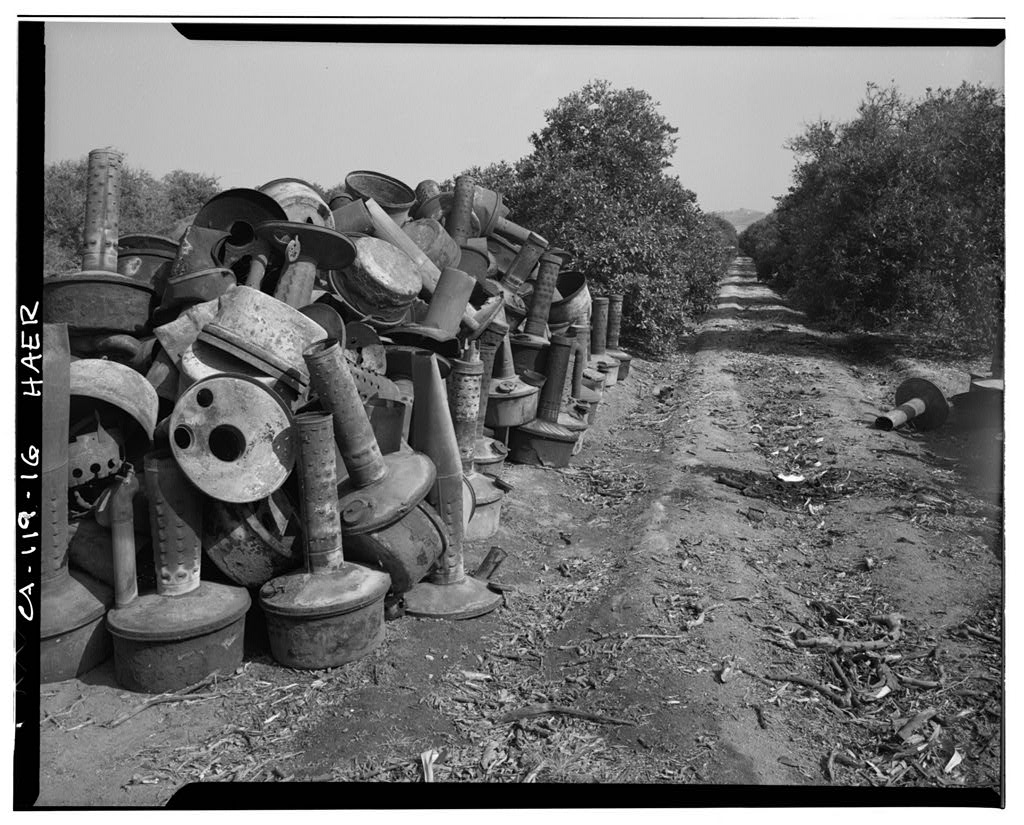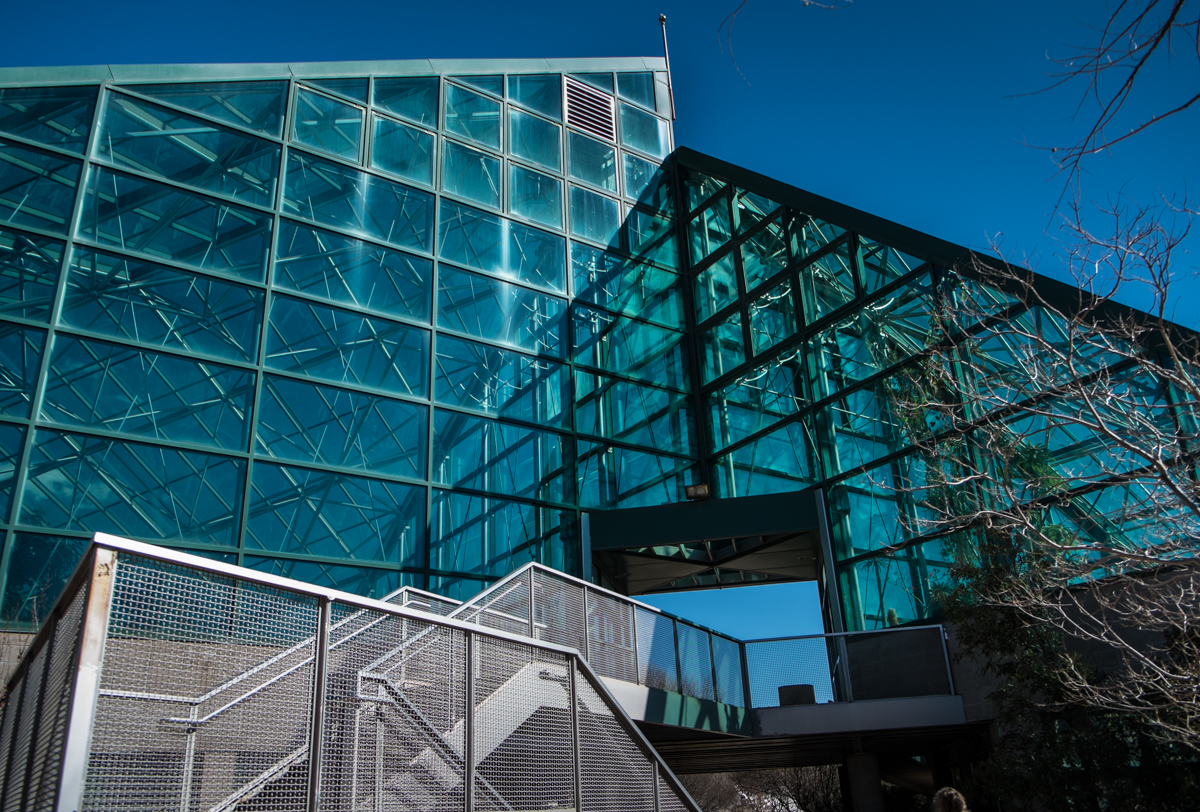In 2001, the Arizona Supreme Court at least had the wisdom to acknowledge that Mark Twain might never have said the thing about whiskey and water and drinkin’ and fightin’. But the court used it anyway:
We wish it were possible to dispose of this matter by establishing a bright line standard, easily applied, in order to relieve the lower court and the parties of having to engage in the difficult, time-consuming process that certainly lies ahead. Unfortunately, we cannot.
In a quote attributed to Mark Twain, it is said that “in the west, whiskey is for drinkin’ and water is for fightin’.“Nicholas Targ, Water Law on the Public Lands: Facing a Fork in the River, 12 Nat. Resources & Env’t 14 (Summer 1997). While this remains true in parts of Arizona, it is our hope that interested parties will work together in a spirit of cooperation, not antagonism. “Water is far too ecologically valuable to be used as a political pawn in the effort to resolve the centuries-old conflict between Native Americans and those who followed them in settling the West.” Rusinek, supra, at 412. This is especially so now, when the welfare and progress of our indigenous population is inextricably tied to and inseparable from the welfare and progress of the entire state. (emphasis added)





